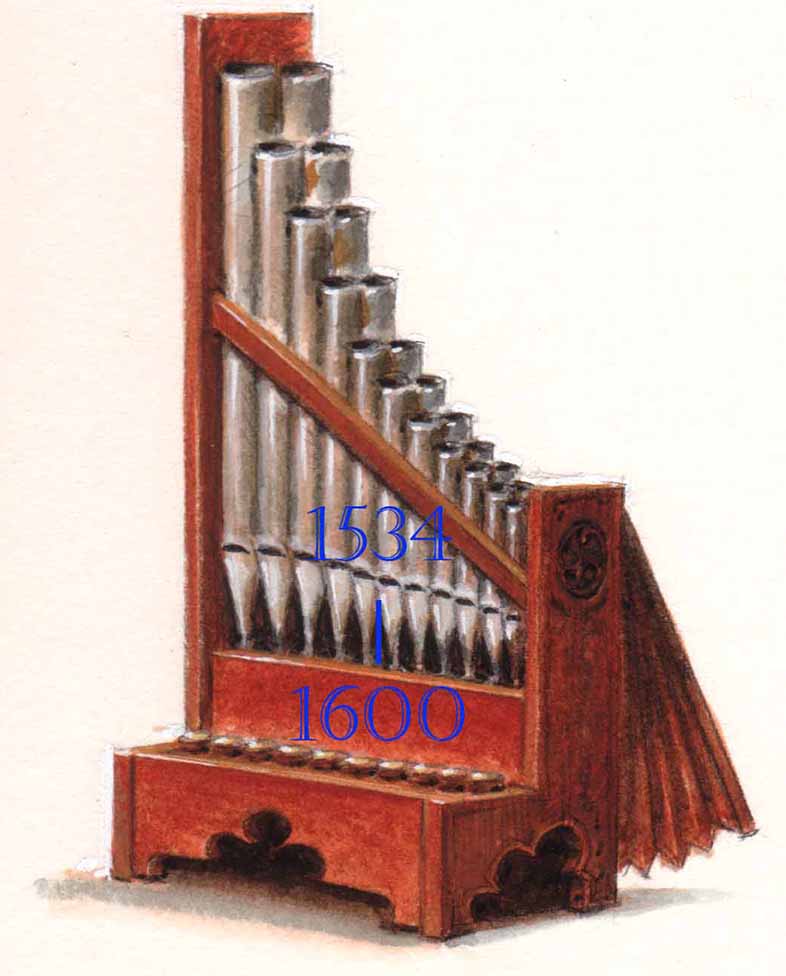
In Venice, from about 1534 until around 1600, an impressive polychoral style developed, which gave Europe some of the grandest, most sonorous music composed up until that time, with multiple choirs of singers, brass and strings in different spatial locations in the Basilica San Marco di Venezia (see Venetian School). These multiple revolutions spread over Europe in the next several decades, beginning in Germany and then moving to Spain, France and England somewhat later, demarcating the beginning of what we now know as the Baroque musical era.
The Roman School was a group of composers of predominantly church music in Rome, spanning the late Renaissance and early Baroque eras. Many of the composers had a direct connection to the Vatican and the papal chapel, though they worked at several churches; stylistically they are often contrasted with the Venetian School of composers, a concurrent movement which was much more progressive. By far the most famous composer of the Roman School is Giovanni Pierluigi da Palestrina. While best known as a prolific composer of masses and motets, he was also an important madrigalist. His ability to bring together the functional needs of the Catholic Church with the prevailing musical styles during the Counter-Reformation period gave him his enduring fame.
The brief but intense flowering of the musical madrigal in England, mostly from 1588 to 1627, along with the composers who produced them, is known as the English Madrigal School. The English madrigals were a cappella, predominantly light in style, and generally began as either copies or direct translations of Italian models. Most were for three to six voices.
Musica reservata is either a style or a performance practice in a cappella vocal music of the latter, mainly in Italy and southern Germany, involving refinement, exclusivity, and intense emotional expression of sung text.
The cultivation of European music in the Americas began in the 16th century soon after the arrival of the Spanish, and the conquest of Mexico. Although fashioned in European style, uniquely Mexican hybrid works based on native Mexican language and European musical practice, appeared very early. Musical practices in New Spain continually coincided with European tendencies throughout the subsequent Baroque and Classical music periods. Among these New World composers were Hernando Franco, Antonio de Salazar, and Manuel de Zumaya.
In addition, many composers observed a division in their own works between a prima pratica (music in the Renaissance polyphonic style) and a seconda pratica (music in the new style) during the first part of the 17th century.





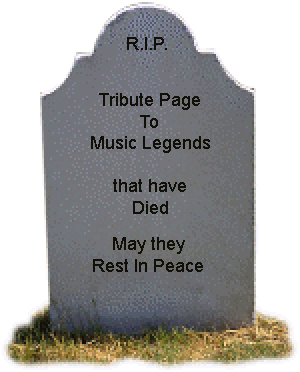
| Name | Dates | Age | Details | |
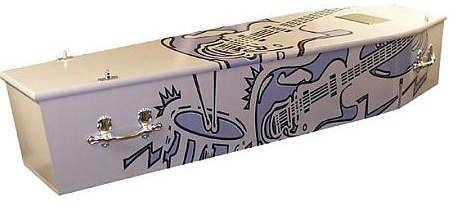 |
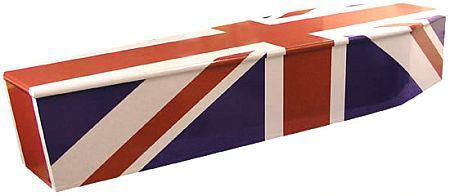 |
|
|
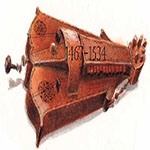 |
 |
|
|
|
Please address any comments concerning this page to The Music Maestro Mark Chard BSc, PLY |
Page created: 8th February 2013 Last edited: 4th July 2021 |